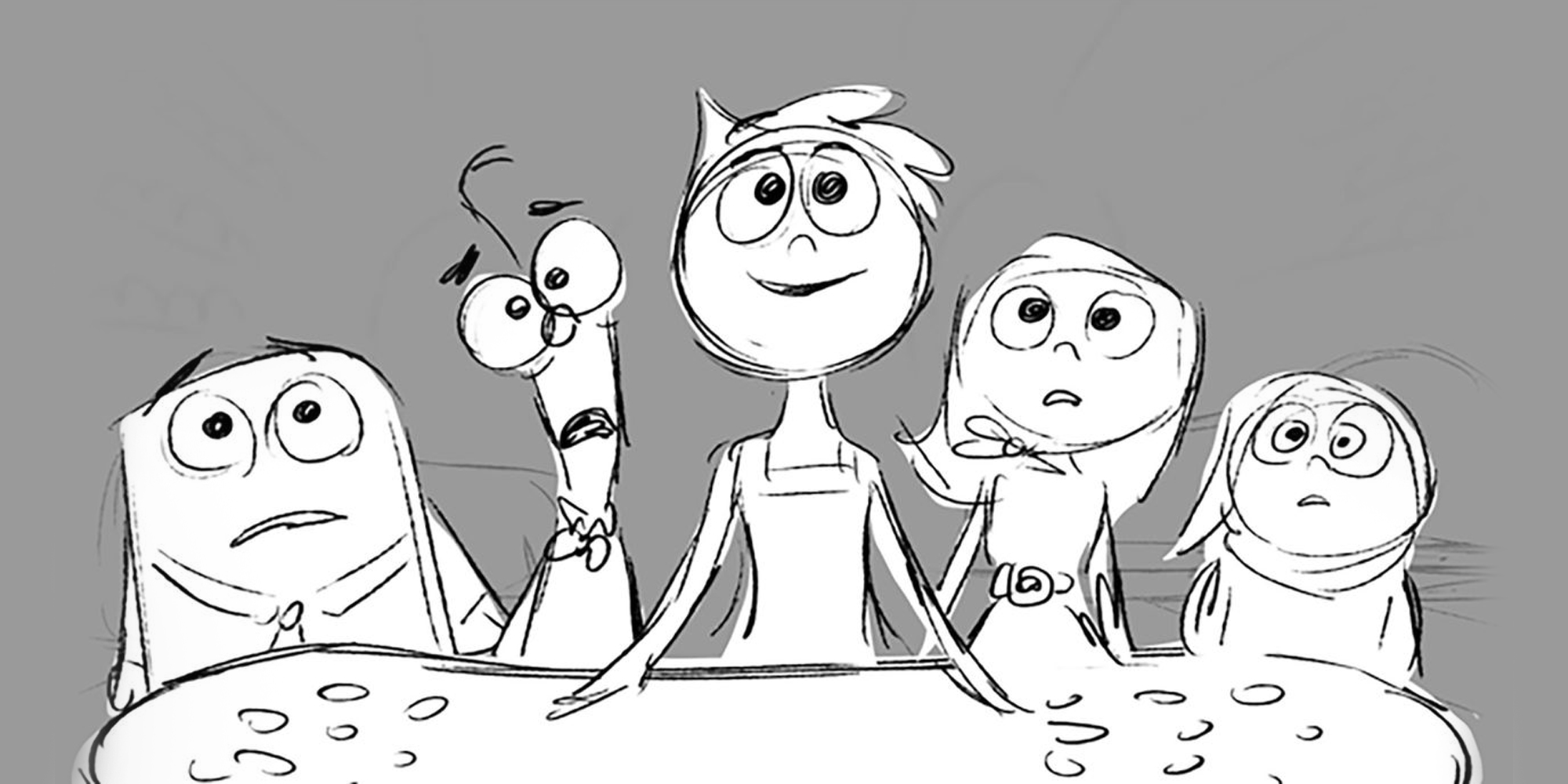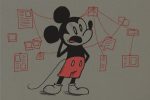“Inside Out,” the newest Pixar release, proves again that the movie studio knows exactly what they’re doing these days.
In an era filled with shoddy remakes and tired franchises, they just keep getting better.
In “Inside Out,” “SNL” alums Bill Hader and Amy Poehler, “The Office” veterans Mindy Kaling and Phyllis Smith, and comedian Lewis Black ride the Train of Thought into an invisible world that exists in everyone.
Five main characters, atom-sized Greek gods of emotion, live on a Mount Olympus where memories are made—literally. Fear, Disgust, Anger, Joy and Sadness work together from “Headquarters.” There they control the mental switchboard of a little girl named Riley (Kaitlyn Dias).

According to Pixar dogma, the plot must produce a hero, ideally an adorable one with profound problems to solve. In “Inside Out” however, Pixar hedges against its own bets, creating a story that takes place almost entirely between a girl’s ears, obscuring any easy candidate for a hero.
In doing so, they create a protagonist from a question. “Who do we root for” becomes a question and an answer, as well as a subtle tool for exploring the delicate balance of our emotions.
Is the hero the little girl we come to know so well from the inside out? Or is it Fear, a character bent on cautiousness at the expense of fun? Instinct tells us Joy—the emotion voiced by Amy Poehler scurrying around Riley’s head—would be a forerunner.
Unfortunately, her unhealthy insistence on maintaining the girl’s happiness unbalances everything. Meanwhile, gloomy Sadness proves unfit for heroism in her own right, but irreplaceable in the sum total of happiness. After all, don’t we need sadness sometimes?
Lewis Black voices Anger, an off-the-clock Fred Mertz who violently grabs the controls whenever he can, a character that should never be the hero—right? Maybe Disgust, riddled with attitude, eye-rolls and worldly sense beyond her cohorts could hold the torch?
Fortunately, the answer is no. Not one of them is a traditional Pixar hero, and that’s the point: emotions are real; superheroes are not. In reality, balance is more important than superpowers.
After beginning as a little girl’s bildungsroman, the movie becomes an odyssey after Joy and Sadness fall from their perch. Their race back to HQ introduces us to a cast of symbolic characters, each hinting at the nuance of a child’s mind.
They encounter nightmares embodied by a menacing clown in the recesses of her mind, and her imaginary friend Bing Bong (Richard Kind) loiters aimlessly in her head, playing the loyal servant whose purpose has faded into oblivions with age.
There are the ‘”forgetters,” amoebic maintenance workers who purge the long hallways of Riley’s memory shelves, vacuuming old and useless memories into the abyss. They love to send an old commercial jingle back through the system every so often as a prank to the guys upstairs, in case you were ever wondering why you get songs stuck in your head.
Granted, some of the conflict here has a tired, contrived feel to it; but that may be exactly the point.
The busy father, the money struggles, a move to a new city—they’re as relatable as ever. But “Inside Out” takes these classic exterior conflicts and makes them issues of the head. How do the emotions in our mind deal with these problems? What obstacles come from these forces struggling for the controls in crunch time?
The amount of imagination and creativity that goes into the construction of a visual habitat in which you have complete creative license is a mammoth task. I would have been shocked at the colorful internal world Pixar gives us in this movie, except that they are Pixar, and it’s what they do.
Our theaters seem inundated with superhero movies of late: some good, some not so good. “Inside Out” presents a new look at the superhero genre without losing the charm and magic of animation.
It’s the only movie this year that pulls heart strings like a puppeteer, then makes you laugh by animating the unseen characters that compel the world’s personalities. Vive la différence, inside and out.










